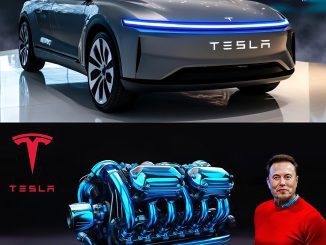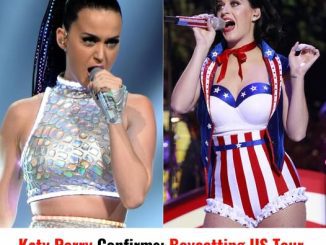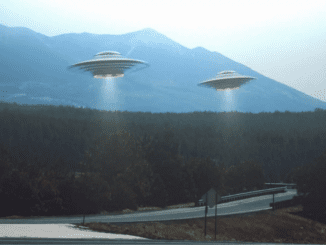It was 2018, and the air around Tesla was filled with existential dread. Whispers became declarations. Mercedes-Benz confidently predicted its end by summer. BMW rejected its mass production plans as wishful thinking. Wall Street took note as well, calling it a “production nightmare” that would be Tesla’s death knell. The giant, it appeared, was about to topple.
Then, the unexpected happened: Elon Musk did the one thing that would eventually mute the naysayers and change the story. He moved into the factory. Not for a photo op, but with his pillow and indomitable spirit. He rolled up his sleeves and got into the weeds, learning every nut, bolt, and line of code that would ultimately make up the future of his company.
What ensued was a metamorphosis, a transformation so radical it confounded conventional wisdom. Musk was intimately involved, examining each production station by station, spotting bottlenecks and inefficiencies that had plagued the line. He had no fears of rewriting the software code mid-flight, shorts-circuiting bureaucracies into the pursuit of progress. Those with less-than-stellar vision for the future had no chance of staying in the job as they were replaced by managers with the same burning desire to win as he had. He terrorized the suppliers, calling at 3 in the morning to ensure he could get some crucial part. I saw him one night where he was found, covered in grease, slowly repairing a Model 3 that the engineers said he couldn’t do.” His message was crystal clear: “Either we fix it or we die.”
As production numbers dribbled in, the derisive laughter that had echoed through the auto industry started to fade. And although 879 cars were produced in total, only a modest 202 Model 3s made their way off the line in the first week. By the third month, that figure had jumped to 5,000 a week. By the end of the year, Tesla posted its first profitable quarter. The unthinkable had happened.
Tesla had survived — and it was more powerful than ever before. That mocked start-up was now a major player, a disruptor that made stalwarts of the automotive industry shudder. “It was a very painful time. I don’t know, but I was probably a little crazy,” Musk would say later, understating the monumental effort that had salvaged his company.
These old automakers had advantages that Tesla could only dream of: a century’s worth of foot prints on the ground, billions of dollars in cash in the bank, well-oiled global supply chains and ingrained political connections. But now Volkwagen is working on Tesla and is about to catch it, today Tesla’s valuation exceeds Toyota, GM, Ford and BMW combined.
Within a few years, he had taken a company that was on its deathbed and turned it into an automotive giant, showing the world that sometimes ruthless determination, a big dream, and a willingness to roll up your sleeves can change an entire industry. And so the world biggest giant teaches that not and it’s not so much about technological marvels, more about an indomitable human will to not bow before the sceptics, as well as the impossibility of what awaits. It’s a tribute to the power of unshakable faith and the transformative nature of total commitment.


